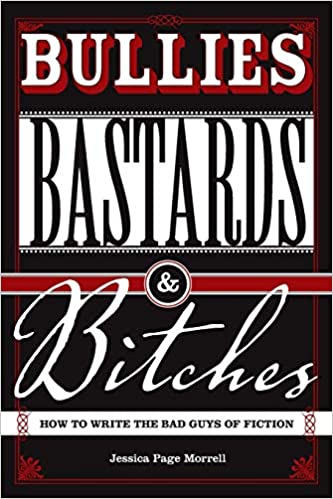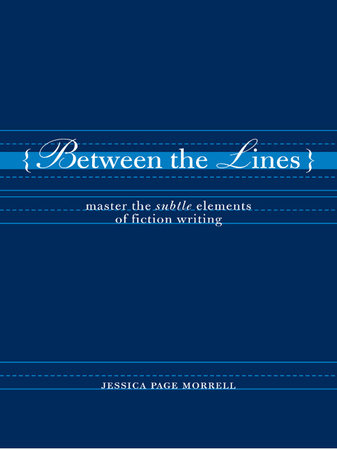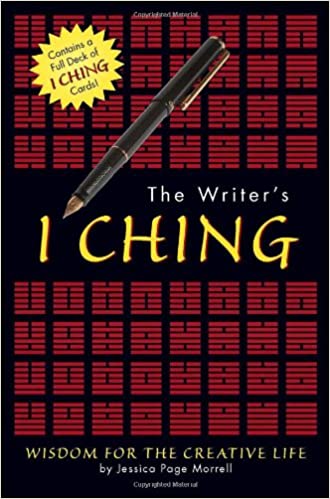 With the holidays upon us, I’m especially grateful for all the good things and people in my life, the small joys that bring so much simple pleasure. A walk with a friend, an engrossing novel, spring blooms, autumn leaves, watching seasons change, the first sip of tea in the morning, dinner simmering in the kitchen.
With the holidays upon us, I’m especially grateful for all the good things and people in my life, the small joys that bring so much simple pleasure. A walk with a friend, an engrossing novel, spring blooms, autumn leaves, watching seasons change, the first sip of tea in the morning, dinner simmering in the kitchen.
This space is for writers searching for fresh ideas to improve their craft. I teach topics I believe can be helpful to writers at all stages and share issues I notice in writers’ manuscripts. I’m generally mentioning habits and failed techniques that sink a story, but of course, I work with writers who demonstrate brilliance, imagination, and a thoughtful approach to storytelling.
But into every writer’s life problems rear their snaggly heads. At times we lapse into dullness, we lean on crutch words, we make typos and gaffs. Our plots wander, our characters confuse, and our endings fall flat. Because writing is hard. And writers are at a natural disadvantage because we use computers and the familiarity of our words on the screen breeds a kind of blindness. Sometimes the more often you read your own words, the less you’re able to identify their strengths and weaknesses.
With that in mind, I want to call your attention to a simple technique in writing fiction: using characters’ eyes to reveal emotion and meaning. This is a reminder to pay more attention to how your characters look, stare, and express emotions. If eyes are the windows to the soul, then match your characters’ expressions to the exact emotion or reaction needed. Here are suggestions for getting it right.
- Figure out your crutch phrases and go-to moves. A few that appear too often are eyes widening, teary eyed, blank stares, blurred vision, stared straight ahead, watched like a hawk, she looked him straight in the eye, eyes darting, piercing stares, blinking back tears, eyes narrowing, smoldering looks, deep-set eyes, and steely-eyed. There are also cliched colors like baby blue, emerald, and chocolate.
- Make certain that the character’s eyes are appropriate to the scene. Too often characters gaze down at the floor or at their hands. Now, these gestures typically indicate discomfort or avoidance, but sometimes readers just sow them into a scene when that’s not the intended effect.
- Don’t feature all your characters reacting the same way.
- Avoid strangeness and viewpoint slips such as His eyes smiled at me or Her face fought against tears.
- Ditch the hobbit staring. Hobbit staring is a term I learned from a movie buff friend. He coined it from the Lord of the Rings films when the camera lingers too long on stares between two characters as if that demonstrates some deep meaning or message. Because often it does not. Then the filmmakers apply it to other staring contests, versus, say, heartfelt dialogue that could be more direct and meaningful.
- If you’ve watched the delightful and deservedly popular series The Queens Gambit you’ll notice characters staring at each other a lot. Because it’s appropriate. Because they’re seated a few feet across from each other in earnest and sometimes excruciating combat. Because they’re often trying to psych each other out.
- Question every tear. I sometimes ask writers to count every scene where a character ends up weeping, wet-eyed, or with tears leaking down wet cheeks. This request comes from noticing how weeping and sobbing are overused resulting in melodrama, excess sentimentality, or depicting a character as too emotional for her own good. And the good of the story. Too much weeping and the story gets soggy and dull. And please, just forget single tears. Please.
- Mix it up. Often a writer’s most used crutch words are look and see. However, in real life people gape, squint, spot, gander, gawk, ogle, stare, gaze, study, inspect, scan, scout, spy, study, inspect, notice, note, peek, peep, peer, and rubberneck.
- Expand your repertoire of descriptions: haunting, beckoning, steady, stormy, mocking, mournful, lifeless, sultry, goopy, teasing, pitiless, glassy.
- Stir in a little weirdness. Many people have mismatched eyes. Then there are droopy eyes, people with different colored eyes, bloodshot eyes, Rasputin eyes, lazy eyes, buggy eyes, one working eye, wandering eyes, piggy and close-set eyes.
- Study how and when successful authors use close-ups. If you never focus the camera lens on a
 character’s face during an emotionally-charged scene, then readers cannot enter the moment and feel what the characters are feeling.
character’s face during an emotionally-charged scene, then readers cannot enter the moment and feel what the characters are feeling. - Study actors. Notice how their eyelids raise a bit to show interest or droop to indicate the lack of interest. Note how they leer, seduce, flash anger, hide their true feelings. If you’re serious about writing your job for the rest of your life is to notice subtext. And that often begins with the eyes.






Leave a Reply